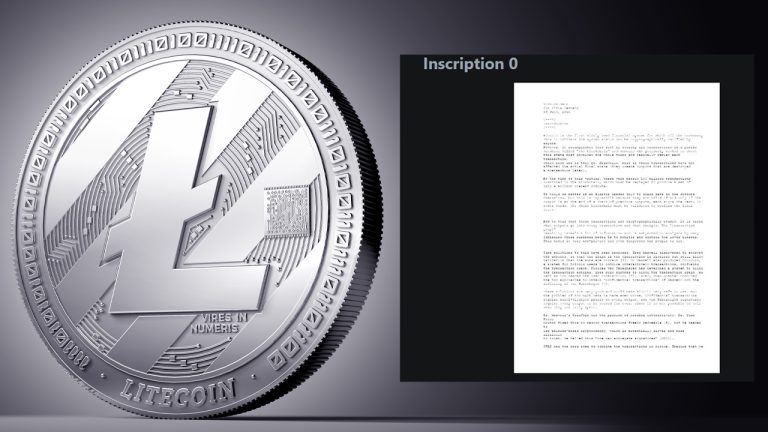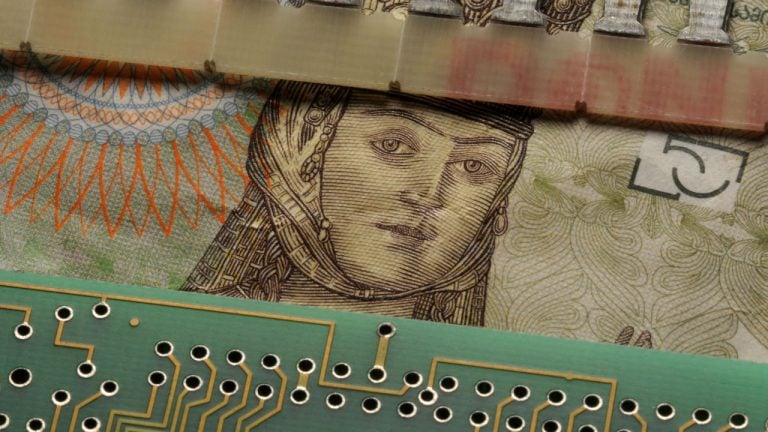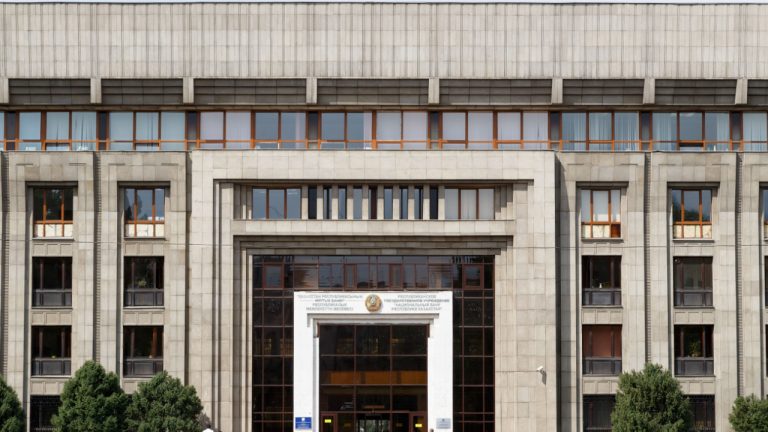
25 AI "agents" were given a virtual town and were observed going to a bar for lunch, planning a party and expressing other human-like behavior.
A society of 25 artificial intelligence (AI) bots were observed waking up, cooking breakfast, heading to work, going to the bar for lunch with friends and even throwing a party by six researchers who created a town for the bots.
The researchers from Google and Stanford University explained in an April 7 paper titled “Generative Agents: Interactive Simulacra of Human Behavior” that they built a virtual town populated with ChatGPT-trained “generative agents.”
The purpose of the study — which is yet to be peer-reviewed — was to create a small, interactive society of AI bots inspired by life-simulation games such as The Sims.
The agents could make a wide range of inferences about themselves, other agents and their town of “Smallville” by synthesizing new information, storing it in memory and then behaving in a way that reflects that knowledge.

For example, the agents could turn off their kitchen stove when they see their breakfast is burning, coordinate plans and even engage in seemingly meaningful conversations with other agents.
The results led the researchers to conclude that the generative agents produce “believable” human behaviors:
“By fusing large language models with computational, interactive agents, this work introduces architectural and interaction patterns for enabling believable simulations of human behavior.”
One example shared in the study explained that the AI agent “Isabella Rodriguez” invited nine other agents to a Valentine’s Day party at the town's cafe.
The details of the party were passed on to four others, including “Abigail,” who then expressed excitement about the upcoming event with Isabella.

In another example showing the “day in the life” of an AI agent, “John Lin” woke up at 7 am, brushed his teeth, had a shower, ate breakfast and checked the news at the dining table in his living room.
Before John's son Eddy headed off to school, John asked what he’ll be working on for the day, Eddy responds and John remarks on it before sharing the news with his “wife,” Mei.

However, not everything went right in the experiment.
While the memory of each AI bot would enlarge with each passing interaction, sometimes the most relevant information wouldn’t be retrieved, and as a result "some agents chose less typical locations for their actions."
Related: Elon Musk and tech execs call for pause on AI development
For example, when agents were deciding where to have lunch, many initially chose the town cafe, however, the researchers said:
"As some agents learned about a nearby bar, they opted to go there instead for lunch, even though the bar was intended to be a get-together location for later in the day unless the town had spontaneously developed an afternoon drinking habit."
In another example, some AI agents walked into shops in Smallville that were closed, while some college students walked in on others in the dorm bathroom because they thought it could be occupied by more than one age.
The researchers said they will soon expand on the “expressivity” and “performance” of the AI bots through the more advanced GPT-4, the latest iteration of ChatGPT, which has passed United States high school and law exams in the 90th percentile.
Magazine: NFT Creator, Emily Xie: Creating ‘organic’ generative art from robotic algorithms










